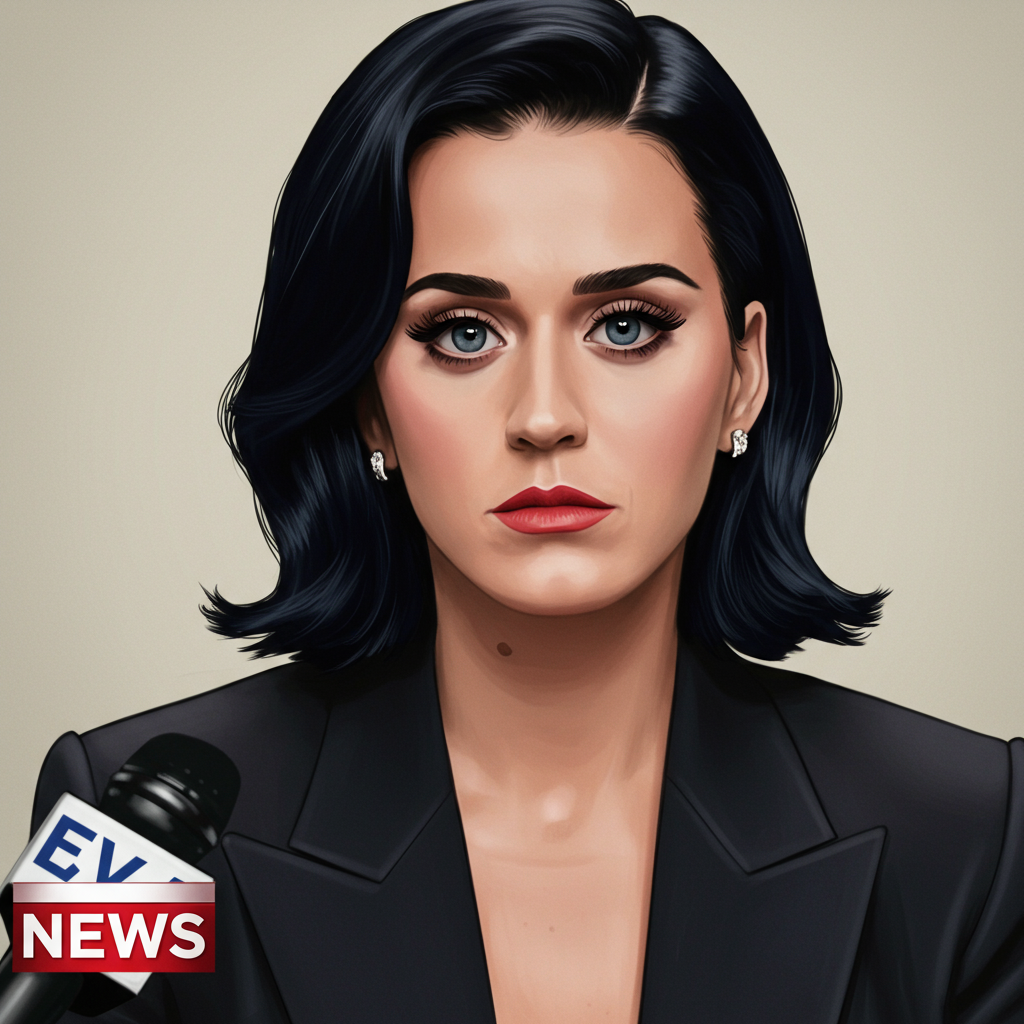Danny Boyle’s terrifying “infected” are back in 28 Years Later, and with them emerges a truly monstrous figure: Samson, the undisputed “King of the Infected.” This colossal Alpha variant, mutated over nearly three decades with a steroid-like rage virus effect, delivers spine-chilling brutality, including his signature move of ripping off heads with the spinal cord attached.
Stepping into the massive prosthetic boots of Samson is Chi Lewis-Parry, the towering 6-foot-8-inch actor and former MMA fighter. For Lewis-Parry, a dedicated horror fan, joining the cast of the highly anticipated sequel was an “absolute joy,” marking a significant role since his transition from a successful 12-year fighting career to acting just a few years ago. His prior work with Boyle on the TV series Pistol paved the way for this opportunity.
Terrifying Danny Boyle: The Audition
Auditioning for what was initially a mysterious “Untitled Danny Boyle Project,” Lewis-Parry received a simple, direct request from the Oscar-winning director: “Terrify me.” With little information about the character, he dug deep to conjure the menacing sound that became the “Samson bellow.” His terrifying performance so impressed Boyle that he was not only cast as Samson, the primary Alpha, but also tasked with voicing the film’s other Alpha.
Becoming Samson: A Physically Demanding Transformation
Samson’s imposing physicality is central to his terror, and Lewis-Parry committed entirely to the role. Despite being naturally athletic, Boyle wanted Samson’s muscle to appear incidental, not sculpted. This meant Lewis-Parry, for whom training is like a “prayer,” had to embrace putting on weight and not working out in his usual way – a “nightmare” for him.
The sheer physicality of portraying Samson was immense. Lewis-Parry threw himself into every scene, revealing that filming demanding sequences, particularly the claustrophobic train scene, resulted in “more bruises than [his] fighting career.”
The Gruesome Signature Move & A Permanent Souvenir
Samson’s horrific head-ripping move is one of the film’s most shocking moments. Lewis-Parry described working with incredibly realistic, heavy props created by special makeup effects supervisor John Nolan’s team. To simulate ripping off a head and spine, he had to support the prop’s weight by wedging his left elbow into his hip while using his right arm to perform the “removal” – a tough feat, but the weight was necessary for realism.
Filming this iconic scene in a dark reservoir tunnel led to a surprising injury. Running at full intensity, Lewis-Parry got caught by one of the rifles on his leg, incurring a scar he proudly calls a “nice bit of memorabilia,” a testament to his commitment to giving “100%” even when his body was on the line.
Addressing the Talked-About Prosthetics
One notable departure for the infected in 28 Years Later is their state of nudity, leading to significant on-screen exposure. Lewis-Parry clarified that the full frontal nudity seen is achieved using prosthetics. This decision was primarily driven by child actor laws, specifically to protect 13-year-old co-star Alfie Williams. Lewis-Parry also humorously added that the prosthetics allowed him to maintain his friendly, hugging nature on set without being “fully in the nip!” When asked about the size of his own prosthetic, he simply responded with a laugh, “Well, I’m 6′ 8″. I’ll say no more!”
Beyond the Rage: Finding Samson’s Motivation
While director Danny Boyle and co-writer Alex Garland didn’t extensively explore Samson’s pre-infected life, Lewis-Parry created his own backstory. In his personal notebook for the character, he envisioned Samson as someone who sacrificed himself while trying to save others, a perspective that helped him view the Alpha as “less of a monster.”
An Unexpected Bond and a Lifelong Dream
Beyond the gruesome makeup and physical demands, Lewis-Parry formed a close bond with acclaimed actor Ralph Fiennes on set. They have since become workout partners, a connection Lewis-Parry cherishes, having admired Fiennes since his early days acting as a stand-in for Harry Potter (a character Fiennes himself did not play). He shared this story with Fiennes while filming, cementing their friendship. Lewis-Parry spoke glowingly of Fiennes’s support and character, also noting Fiennes’s incredible fitness, admitting he sometimes struggles to keep up with the veteran actor’s demanding training pace.
Lewis-Parry’s journey into film began much earlier, sparked by seeing the poster for John Carpenter’s Big Trouble in Little China in 1986. He saw his MMA career as a way to build a persona and connect with an audience, which proved invaluable for his transition.
He holds a specific, long-standing ambition: to play a Bond villain. This dream took hold around the time of 2005’s Casino Royale. Lewis-Parry shared a profound realization he had while holding the heavy head and spine prop in the dark tunnel for 28 Years Later: he felt like he was his own version of the Predator, one of the two roles he had envisioned early on (the other being a Bond villain). This “turning point” reinforced his belief that he could manifest his goals, having successfully willed the “Predator” role into existence. While he hasn’t had official Bond villain discussions yet, he’s definitely “put it out there.”
Other Noteworthy Roles and The Film’s Impact
Lewis-Parry’s recent work extends beyond the infected wasteland. He appeared as Phoebus in Gladiator 2, meeting a memorable end via a rhino horn. Though a confrontational scene with Paul Mescal was ultimately cut, he enjoyed playing the “cocky gladiator.” Comparing Phoebus and Samson, he feels a deeper connection to Samson, describing him as feeling “real,” as if he’s “out there somewhere now.” He also has an upcoming role in Edgar Wright’s The Running Man as a “very specific runner.”
Adding to the film’s atmospheric dread, another talked-about element of 28 Years Later is the eerie, rhythmic chant featured in the trailer and film. This sound is derived from a 1915 recording of actor Taylor Holmes reading Rudyard Kipling’s poem “Boots,” originally meant to capture the maddening monotony of military marching. Director Danny Boyle incorporated it after hearing it in the trailer, finding its century-old psychological power perfectly complemented the film’s themes of regression and endurance, noting its use even in modern military training for psychological impact.
28 Years Later proved a significant box office success, marking the largest opening weekend in the history of the “28” franchise globally ($60 million debut, including $30 million domestic). While receiving critical praise, the film reportedly divided audiences, partly due to tonal shifts that veer from intense survival horror to more emotional territory – a choice director Danny Boyle discussed, noting the marketing’s focus on horror to appeal to the core audience, while also highlighting the genre’s evolution and broad appeal, including a significant female viewership. This successful launch is intended to kickstart a new trilogy, with the sequel, 28 Years Later: The Bone Temple, already filmed and set for release in January 2026.
With his captivating presence both in and out of character, Chi Lewis-Parry has made a significant mark as Samson in 28 Years Later, hinting at a compelling future in film for the former fighter turned actor.



